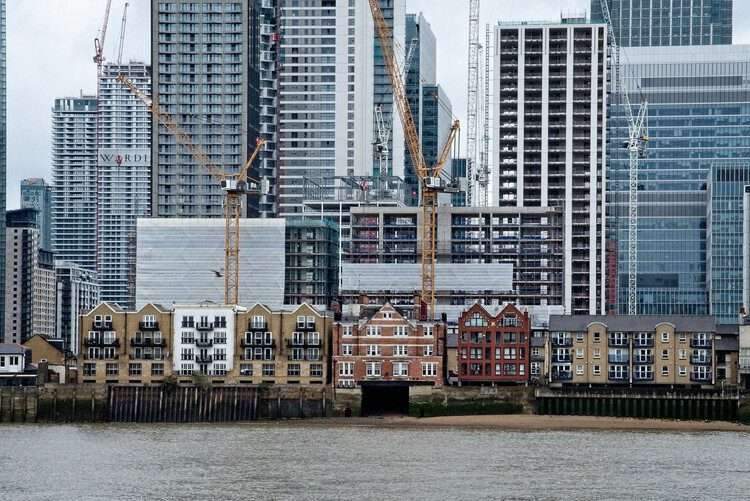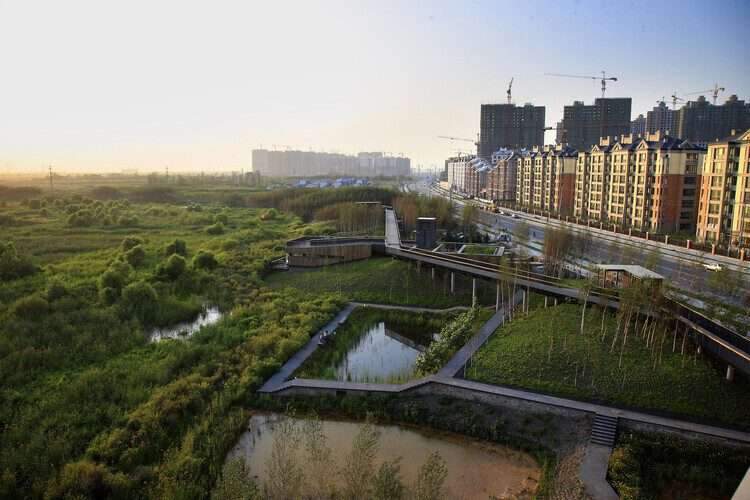The 2022 United Nations Conference of the Parties, more commonly referred to as COP27,
took place between 6 November and 18 November 2022 in Sharm El Sheikh, Egypt.
The conference brought together more than 90 heads of state and an estimated 35,000 representatives or delegates from 190 countries.
With the aim of encouraging and guiding countries to take effective action against climate change,
the next edition of these conferences, COP28,
is already scheduled to be held from November 30 to December 12, 2023, in the United Arab Emirates.

The CEO of the Abu Dhabi National Oil Company,
who is the head of an oil company who also oversees renewable energy efforts in the UAE, has been appointed.
To chair the negotiations and talks, which led to a wave of criticism by environmental activists.
While conferences address a broader range of issues,
the built environment is recognized as playing a key role in ensuring sustainability goals are met.
The building serves as COP 27, a consortium of NGOs and organizations concerned with the built environment focused on sustainability,
To position the built environment as a vital sector to achieve the required transition to a flexible and emissions-free future at COP conferences.
The group aims to raise awareness of the impact the construction sector can have while noting the need for tougher measures,
As most countries do not include full targets to decarbonize buildings,
Also, some areas, such as building materials, have not been adequately addressed.

Net Zero as the New Standard: Arup’s commitment to full life cycle carbon assessments
COP27 reaffirmed the importance of reducing carbon emissions in all areas,
As the window of opportunity to keep global temperatures below 1.5 degrees Celsius narrows.
Given that the carbon sector is responsible for more than 23% of global greenhouse gas emissions and consumes more than 30% of global resources,
This topic has important consequences for the construction industry.
During this year’s conference, the Clean Building Accelerator was announced,
It is a business that hopes to support the built environment sector in halving emissions by 2030 for all new buildings and infrastructure projects.

A number of private clinics announced their support for this goal.
The percentage of construction companies, in terms of revenue,
that have joined Race to Zero since COP26 has doubled.
Coinciding with the start of COP27,
Arup has announced its commitment to conducting full life cycle carbon assessments for all construction projects,
New and modified, starting next year.
Arup estimates that less than 1% of building projects are currently evaluated in a way that quantifies the size and source of carbon emissions generated during their lifetime,
It is a necessary step in determining the most effective carbon removal measures.

Report by Arup
A report by Arup and the World Business Council for Sustainable Development notes,
that 50% of the lifetime emissions from buildings come from embodied carbon,
and carbon generated from the manufacture and transportation of building materials and the construction process itself.
This aspect is often overlooked by other carbon assessment measures.
Despite the focus on operational CO2 emissions from the construction sector,
This category peaked in 2021, 2% higher than in 2019 and 5% higher than in 2020.
Arup’s full life cycle carbon assessment includes both embodied and operational carbon.
One of the main themes of COP27 was the need to build climate resilience in countries of the Global South.
A topic underlined by the fact that this was the first COP to be held outside Europe since COP22 in Marrakech in 2016.
Campaigns have also been launched to address the lack of access to safe and decent homes for the most vulnerable communities.

The “Roof Over Our Heads” campaign aims to improve the lives of the two billion climate-vulnerable people living in informal settlements by 2050.
The WorldGBC Guide to Climate Resilience and Adaptation in the Built Environment was launched prior to COP27.
To provide actionable principles for implementing climate resilience and actionable strategies across the built environment value chain.
At the urban level, the number of signatories to the Race for Cities for Resilience has more than doubled since 2021,
an initiative that strives to ensure that climate resilience goals are treated with the same urgency as the global race to halve emissions by 2030.
Similarly, a summary for Urban Policymakers has been launched,
with actionable policy guides for cities and urban policymakers to decarbonize and build resilient urban environments.
For more architectural news







